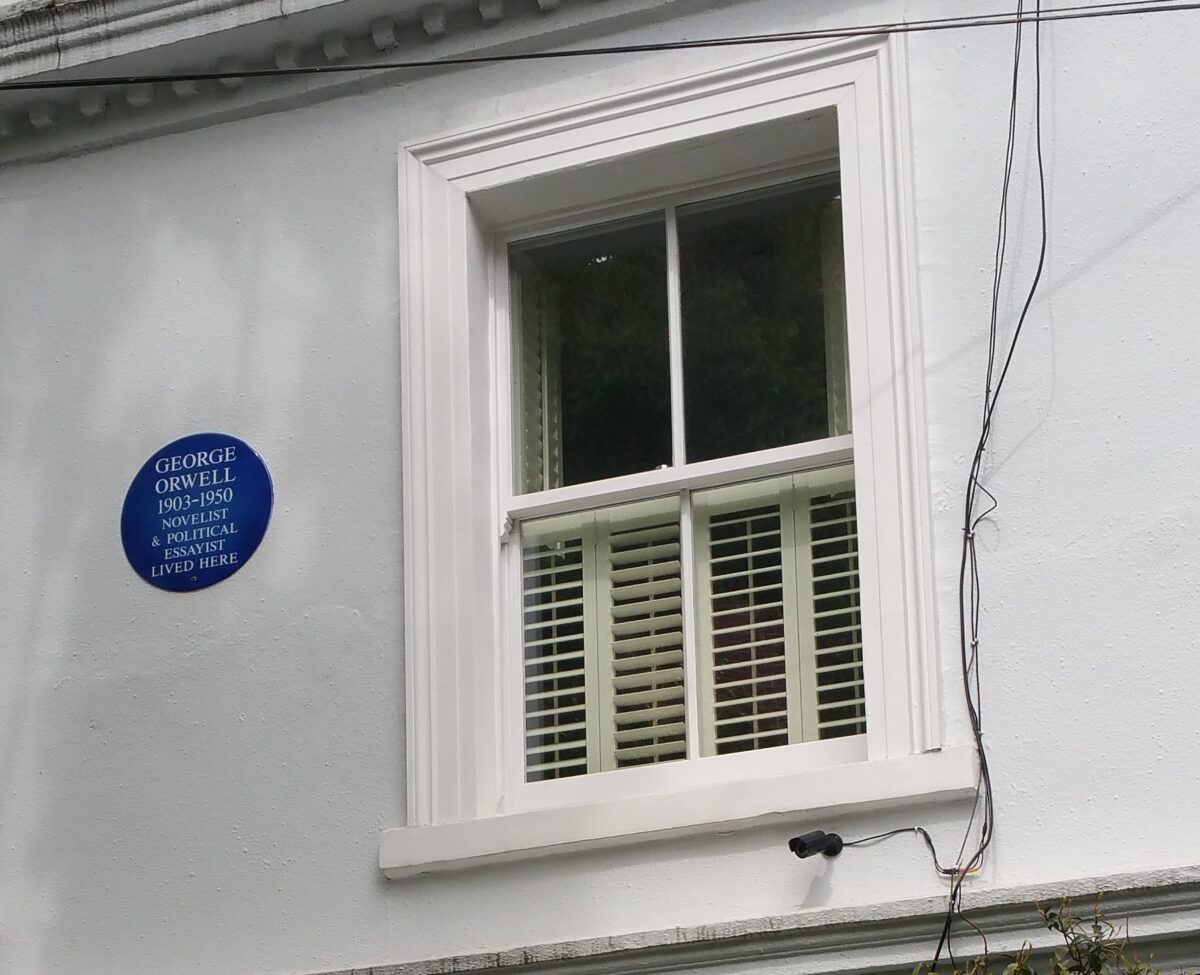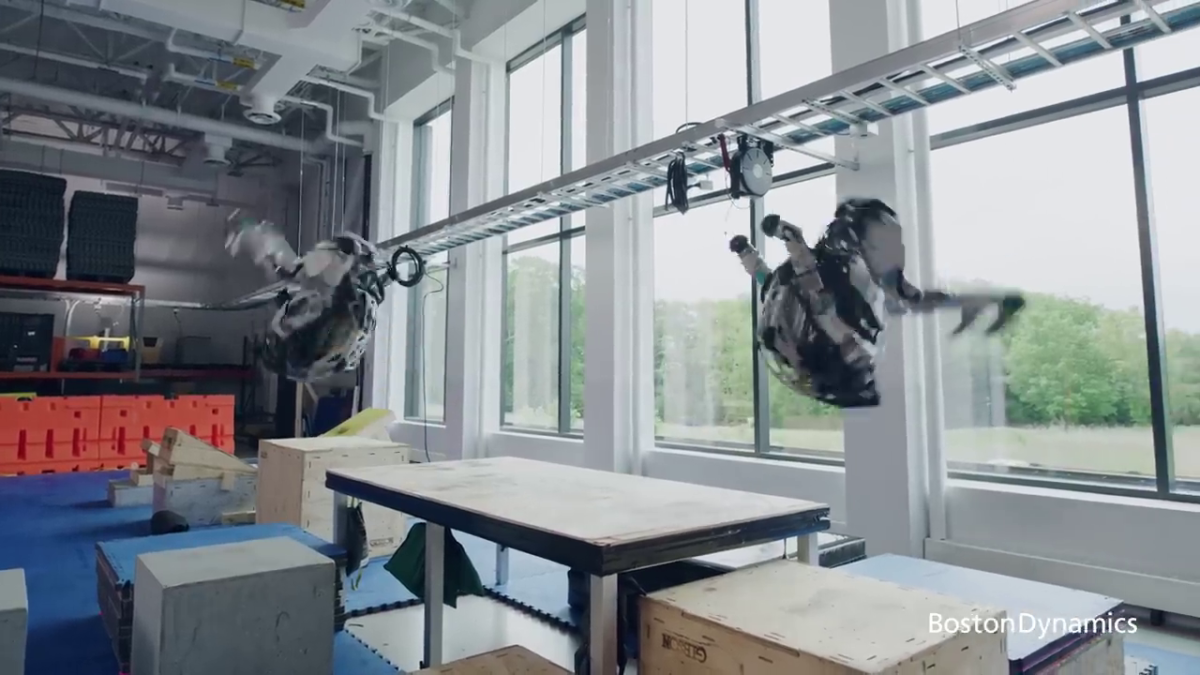My first portable music player was a monoaural Sony cassette player a little bigger than a deck of cards. I think it was intended for office use as a dictation machine, but I hauled it to folk clubs and recorded the songs I liked, and used it to listen to music while in transit. Circa 1977, I was the only one on most planes.
At the time, each portable device had its own charger with its own electrical specification and plug type. Some manufacturers saw this as an opportunity, and released so-called “universal” chargers that came with an array of the most common plugs and user-adjustable settings so you could match the original amps and volts. Sony reacted by ensuring that each new generation had a new plug that wasn’t included on the universal chargers…which would then copy it….which would push Sony to come up with yet another new plug And so on. All in the name of consumer safety, of course.
Sony’s modern equivalent (which of course includes Sony itself) doesn’t need to invent new plugs because more sophisticated methods are available. They can instead insert a computer chip that the main device checks to ensure the part is “genuine”. If the check fails, as it might if you’ve bought your replacement part from a Chinese seller on eBay, the device refuses to let the new part function. This is how Hewlett-Packard has ensured that its inkjet printers won’t work with third-party cartridges, it’s one way that Apple has hobbled third-party repair services, and it’s how, as this week’s news tells us, the PS5 will check its optonal disc drives.
Except the PS5 has a twist: in order to authenticate the drive the PS5 has to use an Internet connection to contact Sony’s server. I suppose it’s better than John Deere farm equipment, which, Cory Doctorow writes in his new book, The Internet Con: How to Seize the Means of Computation, requires a technician to drive out to a remote farm and type in a code before the new part will work while the farmer waits impatiently. But not by much, if you’re stuck somewhere offline.
“It’s likely that this is a security measure in order to ensure that the disc drive is a legitimate one and not a third party,” Video Gamer speculates. Checking the “legitimacy” of an optional add-on is not what I’d call “security”; in general it’s purely for the purpose of making it hard for customers to buy third-party add-ons (a goal the article does nod at later). Like other forms of digital rights management, the nuisance all accrues to the customer and the benefits, such as they are, accrue only to the manufacturer.
As Doctorow writes, part-pairing, as this practice is known, originated with cars (for this reason, it’s also often known as “VIN” locking, from vehicle information number), brought in to reducee the motivation to steal cars in order to strip them and sell their parts (which *is* security). The technology sector has embraced and extended this to bolster the Gilette business model: sell inkjet printers cheap and charge higher-than-champagne prices for ink. Apple, Doctorow writes, has used this approach to block repairs in order to sustain new phone sales – good for Apple, but wasteful for the environment and expensive for us. The most appalling of his examples, though, is wheelchairs, which are “VIN-locked and can’t be serviced by a local repair shop”, and medical devices. Making on-location repairs impossible in these cases is evil.
The PS5, though, compounds part-pairing by requiring an Internet connection, a trend that really needs not to catch on. As hundreds of Tesla drivers discovered the hard way during an app server outage it’s risky to presume those connections will always be there when you need them. Over the last couple of decades, we’ve come to accept that software is not a purchase but a subscription service subject to license. Now, hardware is going the same way, as seemed logical from the late-1990s moment when MIT’s Neil Gershenfeld proposed Things That Think. Back then, I imagined the idea applying to everyday household items, not devices that keep our bodies functioning. This oncoming future is truly dangerous, as Andrea Matwyshyn has been pointing out..
For Doctorow, the solution is to mandate and enforce interoperability as well as other regulations such as antitrust law. The right to repair laws that are appearing inany jurisdictions (and which companies like Apple and John Deere have historically opposed). Requiring interoperability would force companies to enable – or at least not to hinder – third-party repairs.
But more than that is going to be needed if we are to avoid a future in which every piece of our personal infrastructures is turned into a subscription service. At The Register, Richard Speed reminds that Microsoft will end support for Windows 10 in 2025, potentially leaving 400 million PCs stranded. We have seen this before.
I’m not sure anyone in government circles is really thinking about the implications for an aging population. My generation still owns things; you can’t delete my library of paper books or charge me for each reread. But today’s younger generation, for whom everything is a rental…what will they do at retirement age, when income drops but nothing gets cheaper in a world where everything stops working the minute you stop paying? If we don’t force change now, this will be their future.
Illustrations: A John Deere tractor.
Wendy M. Grossman is the 2013 winner of the Enigma Award. Her Web site has an extensive archive of her books, articles, and music, and an archive of earlier columns in this series. She is a contributing editor for the Plutopia News Network podcast. Follow on Mastodon





